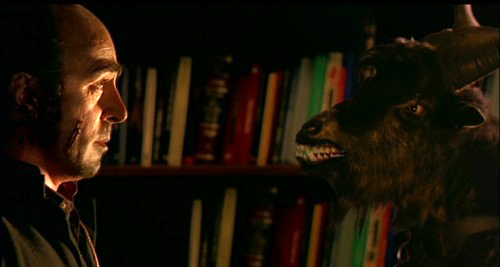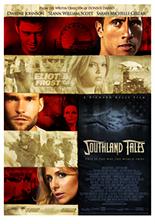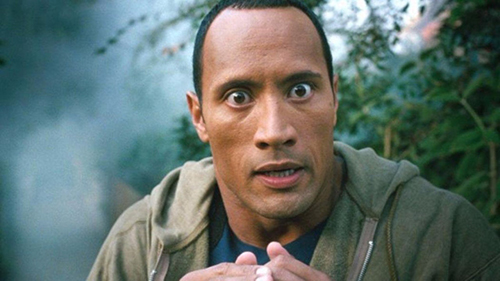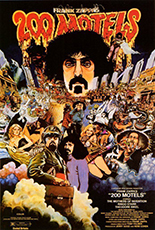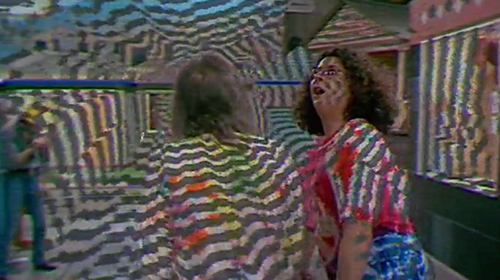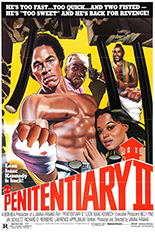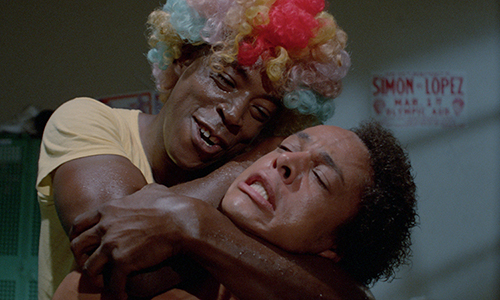
 Beginning in the mid-’80s, I’ve been attracted to steamy, sultry redheads, with lusty firecracker Tawny Kitaen constantly on cable television. From hair-metal videos by Whitesnake to raunchy flicks like Bachelor Party, that crooked smile and ample, um, talent made her this young person’s dream girl — or one of them.
Beginning in the mid-’80s, I’ve been attracted to steamy, sultry redheads, with lusty firecracker Tawny Kitaen constantly on cable television. From hair-metal videos by Whitesnake to raunchy flicks like Bachelor Party, that crooked smile and ample, um, talent made her this young person’s dream girl — or one of them.
But when my parents brought home Witchboard — then a new release! — that crush reached its youthful erectile zenith. And while I find the horror flick to be somewhat boring today, I can honestly admit that Kitaen, though not in the movie as much as I remembered, is still a welcoming presence, David Coverdale’s penis be damned.
Linda (Kitaen) is throwing a party and her boyfriend, Jim (Todd Allen), decides to get wasted and be the world’s worst significant other — at least that’s what I’ve been told from my own mirroring actions. When a partygoer whips out his Ouija to contact the small child he’s been talking to — already weird if you ask me — strange things begin happening, like building sites caving in, metal barrels collapsing and masked men with axes splitting dudes right in the skull.
While the sight of a possessed Kitaen clad in a men’s suit and mimicking a middle-age male voice is both tantalizing and worrisome for a variety of reasons I should probably see someone about, the mostly boring film does offer three explosive finales I didn’t see coming. So thanks for that, director Kevin Tenney: I liked the wedding one best!
Two years later, Tenney directed Night of the Demons. I only saw it recently, because when it came out, my mother forbid me to rent it, because in her words, watching it would “invite the devil in the house.” —Louis Fowler



